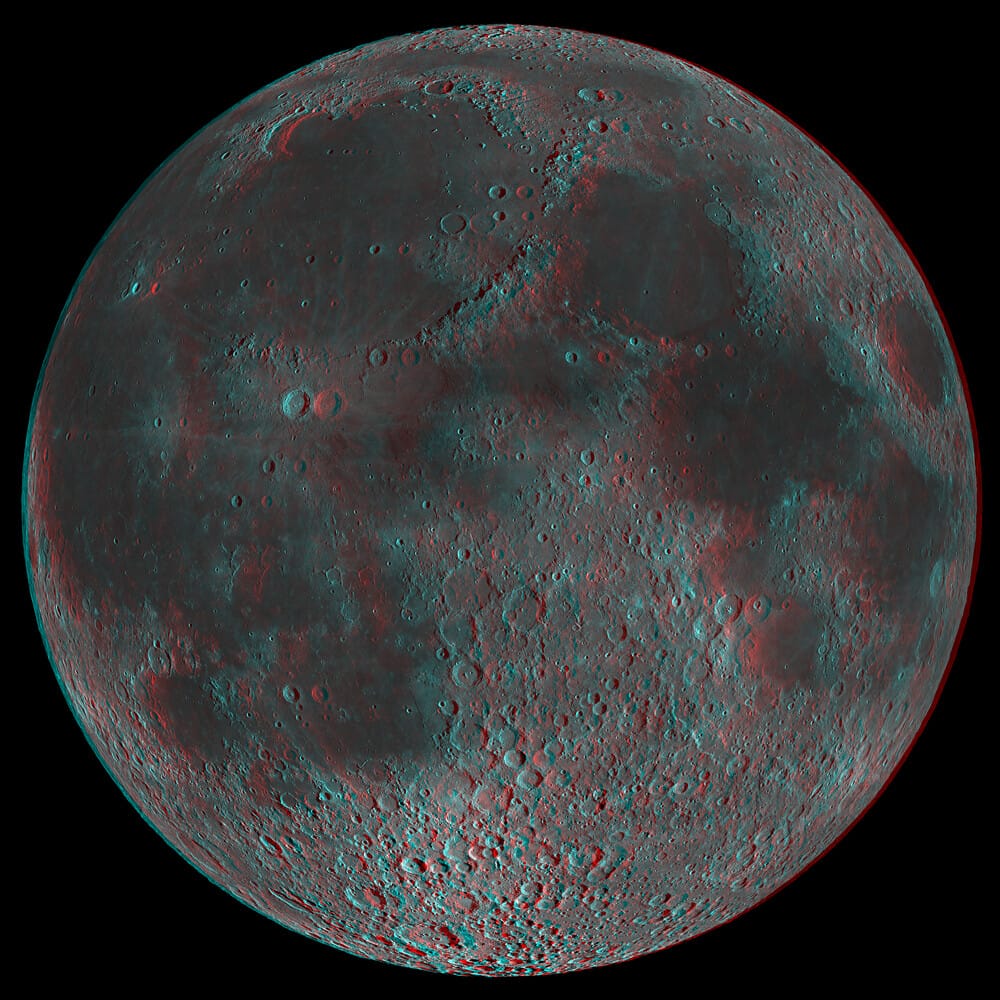Tiny Orange Beads Found by Apollo Astronauts Finally Unlock Moon's Fiery Past
Half a century after Apollo astronauts scooped up mysterious orange glass beads from the lunar surface, scientists have finally decoded their secrets—revealing that our Moon once blazed with volcanic fire far more recently than anyone imagined.
The discovery, published in recent scientific journals, transforms our understanding of lunar geology and suggests the Moon remained volcanically active for billions of years longer than previously thought. These microscopic treasures, no larger than grains of sand, are rewriting the story of our closest celestial neighbor.
A Surprising Discovery on the Moon's Surface
When Apollo 17 astronauts Eugene Cernan and Harrison Schmitt explored the Taurus-Littrow valley in December 1972, they stumbled upon something extraordinary: patches of orange soil that stood out dramatically against the Moon's typical gray landscape. Excited by their find, they carefully collected samples of what appeared to be rust-colored dirt.
"It's orange!" Schmitt famously exclaimed over the radio, his voice crackling with excitement as he bent down to examine the unusual material. At the time, mission controllers and scientists wondered if they had discovered evidence of recent volcanic activity or even oxidation—processes that could hint at water or atmospheric conditions.
Back on Earth, laboratory analysis revealed the orange soil wasn't soil at all, but countless tiny glass beads, each formed in the extreme heat of volcanic eruptions. However, the technology and analytical methods of the 1970s could only tell part of their story.
Modern Science Unlocks Ancient Secrets
Using advanced ion microprobe techniques and sophisticated dating methods unavailable to earlier researchers, modern scientists have now determined these glass beads formed during explosive volcanic eruptions that occurred much more recently than the Moon's ancient bombardment period.
The beads contain volatile elements like sulfur, chlorine, and zinc—materials that would normally escape during typical volcanic processes. Their preservation indicates the eruptions were rapid and violent, shooting molten material high into the lunar sky where it cooled quickly into glass spheres before raining back down to the surface.
"These beads are like tiny time capsules," explains Dr. James Head of Brown University, a leading researcher in lunar volcanism. "They preserve a record of volcanic processes that shaped the Moon's surface long after we thought all such activity had ceased."
Rewriting Lunar History
The implications extend far beyond simple geological curiosity. Traditional models suggested the Moon's volcanic activity largely ended around 3 billion years ago, as our satellite gradually cooled and its internal heat sources diminished. The new analysis of the orange beads pushes this timeline forward significantly.
Radioactive dating reveals some of these volcanic glass formations occurred less than 2 billion years ago—and possibly much more recently. This discovery suggests the Moon's interior remained hot and active far longer than previously believed, with implications for understanding planetary formation and evolution throughout our solar system.
The research also provides insights into the Moon's internal composition and structure. The specific mineral content and chemical signatures preserved in the glass beads offer clues about the deep lunar interior that would otherwise remain inaccessible to study.
What This Means for Future Lunar Exploration
This breakthrough has practical implications for upcoming lunar missions. Understanding the Moon's volcanic history helps scientists identify potential resources and geological hazards for future human settlements. Volcanic regions might contain valuable materials like water ice trapped in permanently shadowed craters or rare minerals formed during eruptions.
The discovery also validates the importance of sample return missions. While robotic surveys provide valuable data, physical samples allow for detailed laboratory analysis using evolving technologies. The Apollo samples continue yielding new discoveries fifty years later, demonstrating their enduring scientific value.
Looking Forward
As space agencies worldwide plan new lunar missions, this research underscores how much we still don't know about our nearest neighbor. The tiny orange beads discovered by Apollo astronauts remind us that sometimes the smallest details hold the biggest revelations.
The Moon's volcanic past wasn't just ancient history—it was a dynamic, ongoing process that continued shaping the lunar landscape far more recently than we ever imagined. These microscopic glass spheres, formed in the fire of ancient eruptions, have finally found their voice to tell us the Moon's true story.
Future missions will undoubtedly search for similar volcanic evidence, building upon this foundation to better understand not just our Moon, but the volcanic processes that shape rocky worlds throughout the universe.
